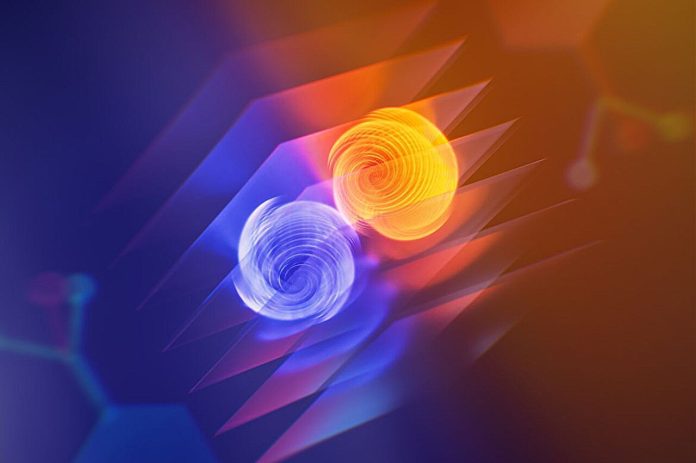
A team of researchers from the California NanoSystems Institute at UCLA has developed a unique material that could be a game-changer for quantum computing and advanced electronics.
This new material, based on a conventional superconductor, has shown some unusual properties that suggest it could play a key role in the future of quantum computing—a technology that could far surpass the capabilities of today’s digital computers.
The study was published in the journal Nature.
Superconductors are materials that allow electricity to flow through them with zero resistance, but only under specific conditions, such as extremely low temperatures.
However, traditional superconductors have their limits—they stop working when exposed to strong magnetic fields or high electrical currents.
The new material developed by the UCLA-led team breaks these limits. It continues to act as a superconductor even under a much stronger magnetic field than what’s typically possible.
Additionally, the material shows a property called the “superconducting diode effect,” where electricity flows more easily in one direction than the other.
This is unusual because, in conventional superconductors, electricity would flow equally well in both directions.
Quantum computing operates on principles that are very different from classical computing. In classical computers, the basic unit of information, the bit, can be either 0 or 1.
Quantum computers, however, use qubits, which can represent both 0 and 1 at the same time, thanks to the strange rules of quantum mechanics. This allows quantum computers to perform calculations that are impossible for traditional computers.
One of the biggest challenges in quantum computing is the fragility of qubits. They are extremely sensitive to changes in their environment and can lose their quantum properties in mere millionths of a second. Researchers believe that a special type of superconductor, known as a chiral superconductor, could help make qubits more stable.
Chiral superconductors have a unique property: the electrons inside them can move and spin in the same direction, making their behavior much more complex and potentially useful for quantum computing. However, chiral superconductors are rare and difficult to find.
In this study, the researchers found a way to make a conventional superconductor behave like a chiral one. They created a special layered structure, or lattice, with alternating layers.
One layer was made of tantalum disulfide, a conventional superconductor, while the other layer was made of a different compound that had a “left-handed” or “right-handed” molecular structure.
By testing tiny devices made from this lattice, the researchers confirmed that the material showed the properties of a chiral superconductor.
This breakthrough could have a major impact on the development of quantum computers. If we can make more stable qubits using this new material, it could pave the way for practical quantum computers that can perform tasks like unbreakable encryption, advanced artificial intelligence, and highly accurate simulations of complex systems, such as how drugs interact in the human body.
But the potential applications go beyond quantum computing. The unique properties of this material could also be used to make conventional electronics faster and more energy-efficient. This is especially important for specialized technologies, such as computers that need to operate in extreme conditions, like the cold temperatures of deep space.
Because chiral superconductors have been so rare, being able to engineer them from more common materials—like the ones used in this study—could open up new possibilities for both quantum computing and everyday electronic devices.
This research marks an exciting step forward in our ability to harness the power of superconductors for a wide range of technological advancements.



